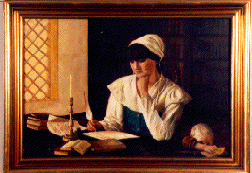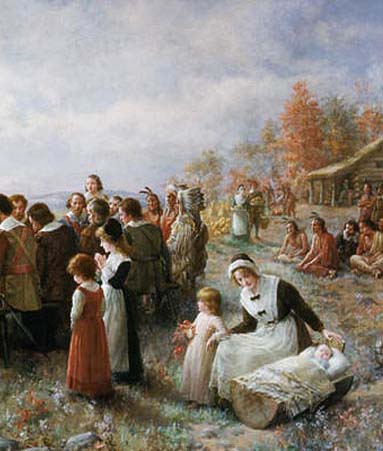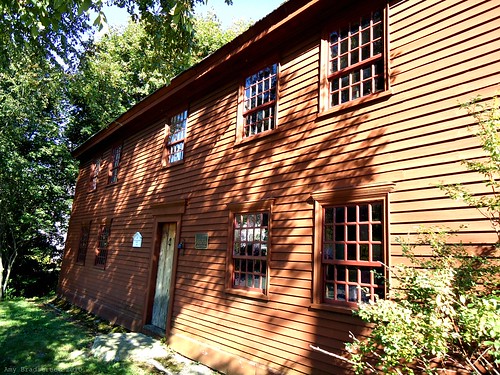Above is a picture of a printing press that Benjamin Franklin may have used while he worked in London. This machine is now at the Smithsonian!
Good evening :)
Today we began discussing the literature of the United States of America. Benjamin Franklin's Autobiography is an excellent place to begin! We will continue with the autobiography and discuss Olaudah Equiano's autobiography as well. Equiano is claimed by both American and British literature. Although he wrote that he had been born in Africa, his actual birthplace is unknown and may have been in the Americas. Equiano's autobiography is an early example of the slave narrative, an important element in American literature. This work was published during its author's lifetime and was incredibly popular!
Here are a few questions for you:
-- How does Benjamin Franklin's autobiography develop? How does he change as a character? as a narrator? Does his audience or relationship to his audience change?
-- What does BF's autobiography teach you about America in the author's lifetime?
-- How might BF's life have been different had he stayed in Boston?
-- Discuss BF's travels, especially to Philadelphia and to England.
-- Look at the 1862 link to the painting below:
http://upload.wikimedia.org/
Discuss the depiction of BF in this painting. How does he fit with the scientists and inventors of 1862?
http://upload.wikimedia.org/
Discuss the depiction of BF in this painting. How does he fit with the scientists and inventors of 1862?
-- What is it like to live in 18th century Philadelphia?
-- Use the links at this entry to discuss both Franklin and Equiano's autobiographies:
-- Discuss lifewriting as a genre. What role does it play in literature? in American literature? or history?
-- Does it matter that we may not know where Equiano was actually born and that his autobiography may include fictions? Why? Why not?
-- Discuss the reasons why Equiano wrote his autobiography.
-- Compare/contrast Equiano's Interesting Narrative to Franklin's Autobiography or to other autobiographies that you have read.
-- How is Africa depicted in Equiano's autobiography?
-- How is America depicted?
-- For more information about Equiano and his Interesting Narrative, see this blog entry:
http://en202.blogspot.com/
http://en202.blogspot.com/
Watch for the midterm prompts!
Dr. Szlyk










.jpg)



